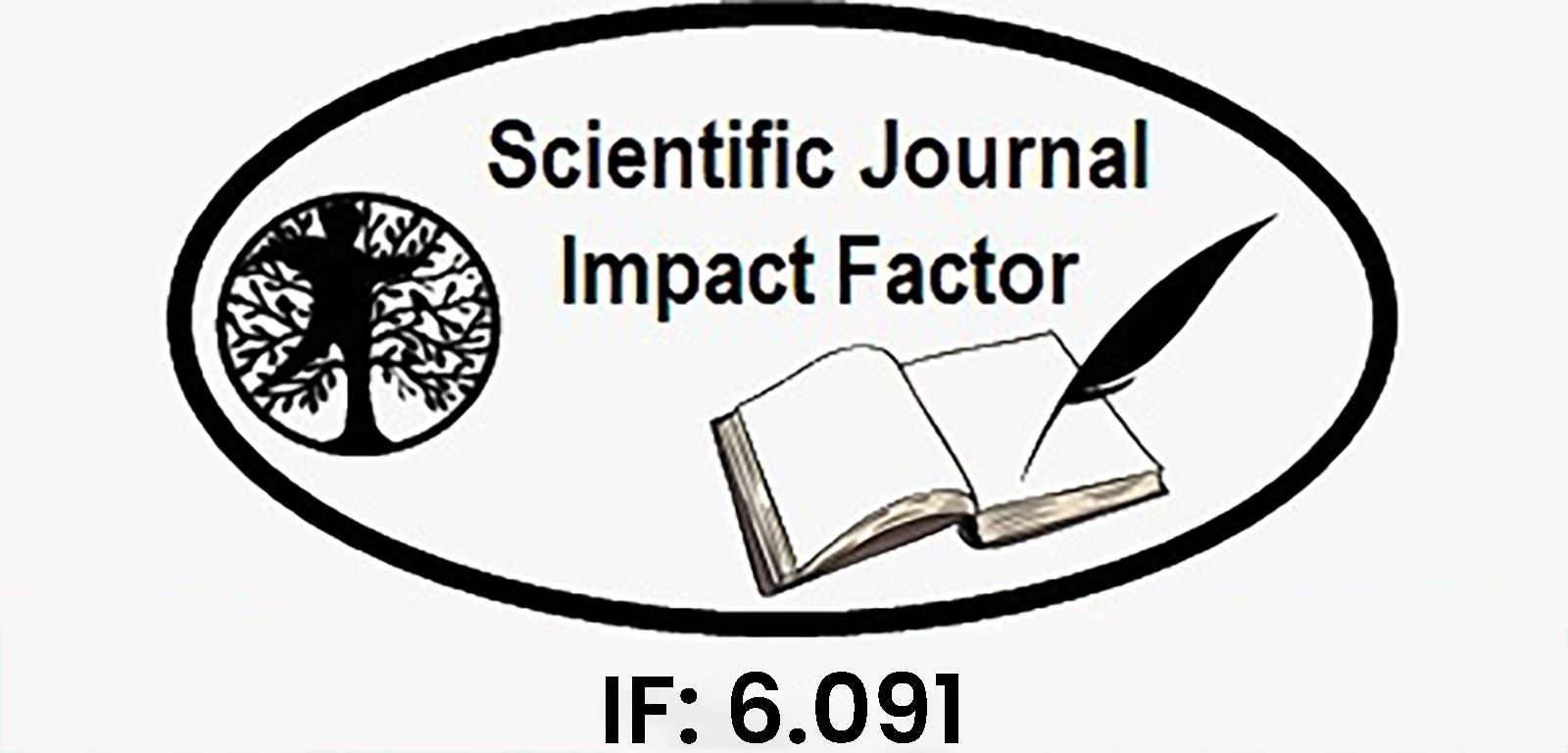A MULTI STREAM FUTURE FUSION APPROACH FOR TRAFFIC PREDICTION
Keywords:
fully connected neural network (FNN), gated recurrent unit (GRU), graph convolutional neural network (GCN), multi-stream feature fusion block (MFFB) module,, traffic flow predictionAbstract
Accurate and timely traffic flow prediction is crucial for intelligent transportation systems (ITS). Recent advances in graph- based neural networks have achieved promising prediction results. However, some challenges remain, especially regarding graph construction and the time complexity of models. In this paper, we propose a multi- stream feature fusion approach to extract and integrate rich features from traffic data and leverage a data-driven adjacent matrix instead of the distance-basedmatrix to construct graphs. We calculate the Spearman rank correlation coefficient between monitor stations to obtain the initial adjacent matrix and fine-tune it while training. As to the model, we construct a multi-stream feature fusion block (MFFB) module, which includes a three-channel network and the soft attention mechanism. The three-channel networks are graph convolutional neural network (GCN), gated recurrent unit (GRU) and fully connected neural network (FNN), which are used toextract spatial, temporal and other features, respectively. The soft- attention mechanism is utilized to integrate the obtained features. The MFFB modules are stacked, and a fully connected layer and a convolutional layer are used to make predictions.We conduct experiments on two real-world traffic prediction tasks and verify that our proposed approach outperforms the state-of-the-art methods within an acceptable time complexity.
Downloads
Downloads
Published
Issue
Section
License

This work is licensed under a Creative Commons Attribution-NonCommercial-NoDerivatives 4.0 International License.















